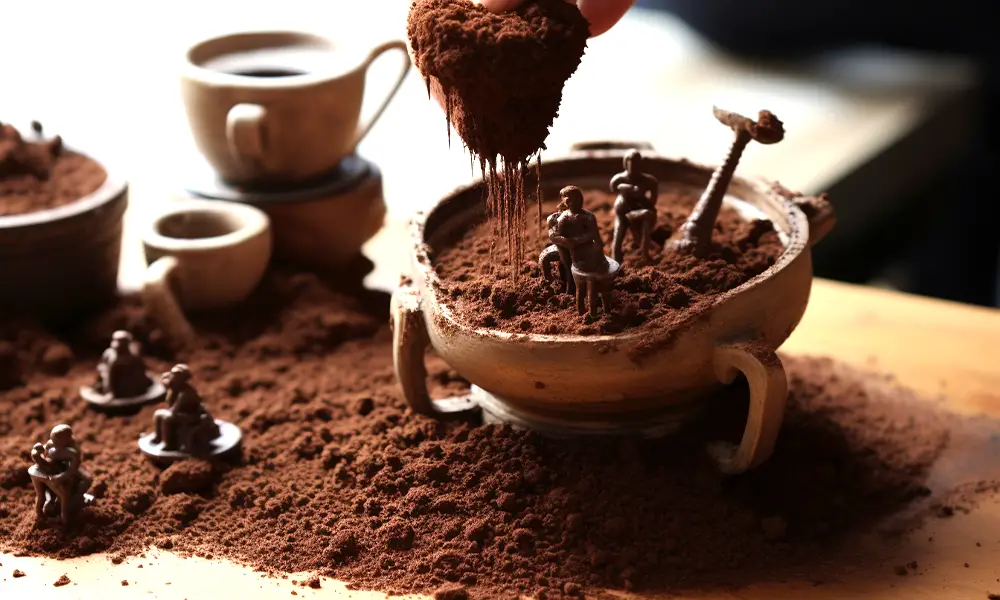The art of selecting espresso beans from Central America starts with appreciating the distinct flavours these regions produce. Every coffee-growing altitude, soil type, and farming method adds its character to the final cup.
- Guatemala presents sweet chocolate notes with spice undertones that shine through milk-based drinks. The volcanic soils produce beans with medium acidity and full body perfect for espresso extraction. Farms near Antigua yield consistent crops year after year due to stable weather patterns.
- Honduras brings caramel sweetness balanced by gentle citrus tones. The high mountain ranges allow slow bean development, building complex sugar structures ideal for espresso roasting. Small producers focus on careful cultivation practices passed down through generations.
- Nicaragua delivers smooth, nutty profiles with hints of vanilla. The coffee grows in rich volcanic soil under shade trees, developing oils that create thick crema during extraction. Traditional processing methods preserve delicate flavor compounds.
- El Salvador produces beans with almond notes and mild fruit undertones. Careful attention during the drying phase locks in aromatics that bloom in the cup. Many farms maintain heritage varieties suited for espresso preparation.
- Panama offers bright berry notes with a chocolate finish. The unique microclimate of the Boquete region influences bean density and sugar content. Farmers time their harvest carefully to ensure optimal ripeness.
- Costa Rica generates clean cups with brown sugar sweetness. Strict agricultural standards result in consistently high-grade beans. The wet processing tradition enhances clarity in espresso shots.
Storage and handling protocols
Fresh beans form the foundation of exceptional espresso. Direct sunlight should be avoided when storing airtight containers. Monitor ambient temperature and humidity levels. Use within 30 days of the roasting date for peak flavour expression.
Grinding specifications
Proper particle size distribution enables even extraction. Adjust grinder settings based on bean density and age. Clean burrs regularly to prevent flavour transfer. Dose consistently to maintain shot parameters.

Extraction variables
Water temperature affects flavor compound solubility. Pressure profiling highlights different taste elements. Pre-infusion time influences extraction uniformity. Shot volume changes flavour concentration. Crema texture indicates extraction completeness.
Flavor development stages
The first moments bring bright, acidic notes. Middle extraction yields sweet caramel tones. Final phase contributes rich body. Blending Central American coffee origins creates depth through complementary characteristics.
Cup evaluation methods
Assess shots through multiple brew parameters. Note changes across temperature ranges. Compare extraction times systematically. Document visual and tactile indicators. Track flavour evolution as beans age.
Equipment matching
Grinder capabilities shape extraction potential. Machine temperature stability affects consistency. Basket size influences dose flexibility. Pump pressure determines flow characteristics. Filter type impacts oil content.
Building espresso profiles
Start with recommended parameters. Make incremental adjustments. Document observable changes. Maintain detailed records. Develop systematic evaluation protocols.
Farm-direct relationships
Meeting producers builds understanding. Learning cultivation methods provides context. Seeing processing first-hand reveals quality factors. Building long-range partnerships ensures continuity.
Continuous learning approach
Stay current with regional developments. Follow harvest reports regularly. Participate in cupping sessions. Exchange experiences with other professionals. Document personal observations systematically.
The well-chosen central american coffee delivers exceptional espresso experiences through careful origin selection, proper handling, and systematic preparation methods. Each region’s distinct characteristics contribute unique elements to create memorable shots that showcase the best these growing areas offer.
This selection process rewards coffee enthusiasts with rich, balanced espresso that highlights the special qualities of beans from Central America’s premier growing regions. Through patient exploration and careful attention to detail, finding the perfect match becomes an engaging pursuit, leading to consistently outstanding results.

